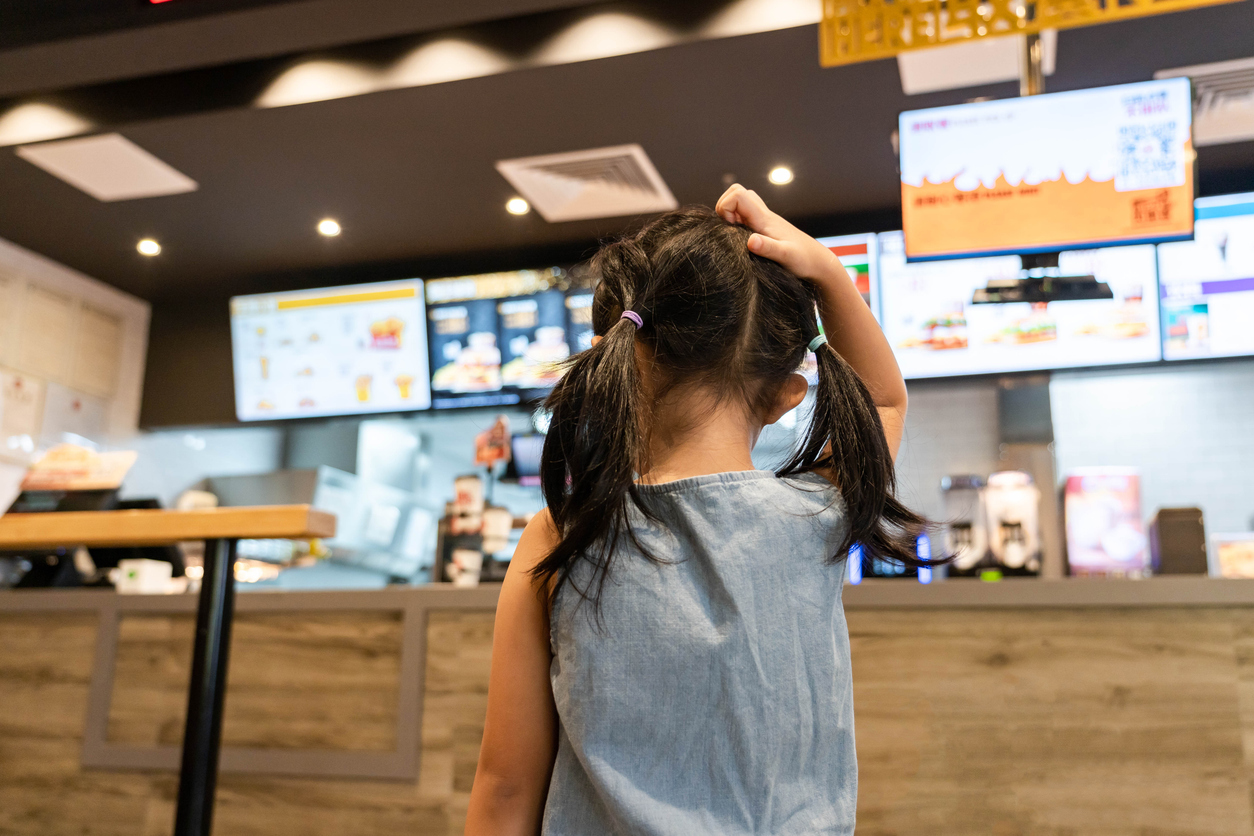As consumers increasingly demand convenience, speed, and personalization, restaurants must adapt to stay competitive. Voice AI has emerged as a compelling way to streamline customer interactions and expedite ordering times for both phone and drive-thru scenarios.
By leveraging advanced large language models (LLMs) and machine learning algorithms, voice AI systems can understand and respond to customer queries, process orders without human intervention, and make personalized upsell recommendations based on individual preferences or past behavior.
But what does this mean for restaurant owners and operators? How can they effectively integrate voice AI into their existing technology stack, and what benefits can they expect to see as a result? To answer these questions and more, we sat down with Robert Nessler, our VP of AI Operations, to hear his thoughts. With years of experience in the field, Robert offers valuable insights into the current state of voice AI in the restaurant industry and its potential to shape the future of digital ordering.
Q&A
What is Voice AI, and how does it work as part of the modern restaurant tech stack?
Voice AI refers to artificial intelligence systems that use automated speech recognition (ASR) and LLMs to interact with people. These solutions integrate with a restaurant's existing tech stack, including the POS and online ordering platforms. It uses advanced natural language processing and LLMs to understand and respond to customer orders, eliminating the need for human intervention.
When a customer calls to place an order, the voice AI system engages with them, accurately capturing their request and sending the relevant order information to the kitchen. This integration streamlines operations, reduces errors, and allows restaurant staff to focus on critical tasks like food preparation and customer service.
As part of the modern restaurant tech stack, voice AI works alongside other technologies, such as customer relationship management (CRM) and inventory management software, to create a comprehensive, data-driven ecosystem that enhances efficiency and the customer experience.
Why is voice AI becoming more important for restaurants, and what are the key benefits?
With ongoing labor challenges and digital becoming the preferred way to order for many consumers, voice AI has become a critical tool for restaurants. By automating phone orders, it helps control costs, enhance efficiency, and improve the customer experience. For example, a fast-casual chain struggling with a 20% increase in labor costs can deploy voice AI to automate order taking, reducing the need for additional staff while maintaining order accuracy and speed of service.
How does Checkmate's voice AI solution differ from traditional automated phone chatbots?
Our voice AI system is built from the ground up using the latest LLM technology popularized by AI companies like OpenAI. Other solutions on the market use older technology, such as Natural Language Processing (NLP) and Natural Language Understanding (NLU) systems, which aren’t as flexible or scalable. With hundreds of successful deployments under our belt, plus active integrations with most major POS providers, our team makes it easy to deploy voice AI technology in your restaurants.
What are some examples of how voice AI helps restaurants improve operations and drive sales?
Our solution offloads the often monotonous task of order taking and frees up your staff to focus on more important tasks such as order prep and in-store customer service. Voice AI also eliminates the need to overstaff during busy times. For restaurants that are short-staffed, voice AI enables them to operate at a much higher capacity than they normally would.
What challenges have you encountered in developing voice AI solutions? How did you overcome them?
All of the ones you can think of and then some!
Accents are an interesting issue that everyone thinks is going to be a big issue, but isn’t when you’re using more advanced language models that account for that. Background noise is a much bigger challenge, and we’ve solved it in various ways, such as custom fine-tuned ASR models, noise canceling/dampening software, and using menu-specific words to ensure the AI hears “chicken sandwich” rather than “thicken sandwich,” for example.
How does voice AI integrate with other technologies, such as the POS?
For brands already using Checkmate, voice AI integrates directly with your existing menu and POS. Seamlessly pull live menus, see updates, and know when an item has been added or removed, ensuring customers always get up-to-the-minute accurate information. We also integrate with DoorDash Drive and Uber Direct, giving you the ability to support first-party delivery using third-party couriers.
How long does it take to implement our voice AI solution?
For voice-AI phone ordering, setup typically takes 2 to 4 weeks, depending on menu complexity and structure. Our drive-thru solution is still in development and is expected to launch in Q4 2024. We’ll share more information later this year.
How does voice AI handle complex customer requests, and how do you ensure order accuracy?
Because we leverage LLMs, our solution is very good at understanding vague requests (ex: “I want the spiciest flavor”) and accurately recording the order. Additionally, it’s been designed to understand general descriptions without further context, eliminating scenarios where the ordering process is slow, users get frustrated, and conversion rates suffer.
What future trends do you foresee in the voice AI space for restaurants?
Overall, our team expects voice AI solutions to be commonplace in the next 5-10 years. According to recent survey data, 54% of consumers would prefer to use voice technology in the future because it is faster than typing or using a touchscreen. We see voice technology continuing to permeate other industries, such as retail, once companies have had more time to refine it and test it in various customer scenarios.
At Checkmate, we envision a world where you just tell your phone’s AI assistant what you want to order and from where, and it will figure out how to submit everything for you to go pick up. Future voice AI solutions would know all of your favorites and recent orders, making the checkout process faster.
What can restaurants expect in terms of voice AI support and ongoing development?
Across the board, we’re seeing rapid improvements in the technology. Our voice AI solution is constantly evolving. Tapping into the latest LLM technology gives us the ability to iterate and improve at a faster rate. We’re not married to any specific ideas; as we see new opportunities, we’ll add features and improve the user experience. Today, our roadmap includes a few key features, including loyalty support, personalization, and more customizable human-like voices to choose from.





